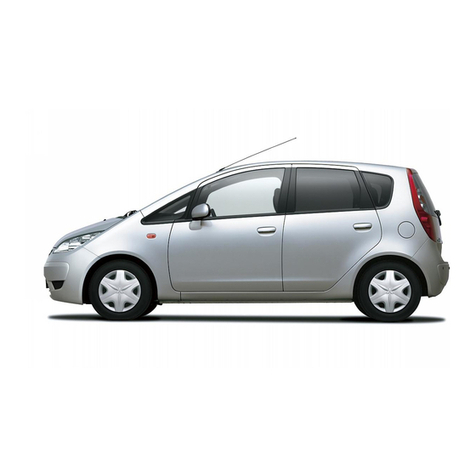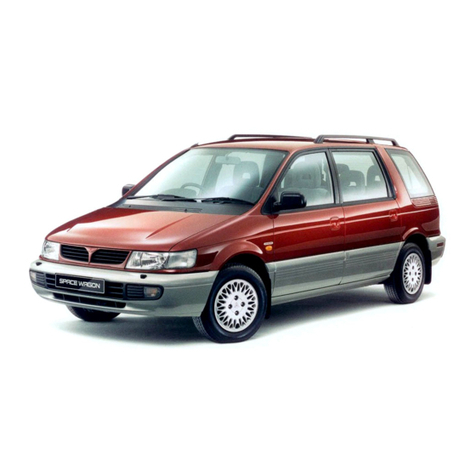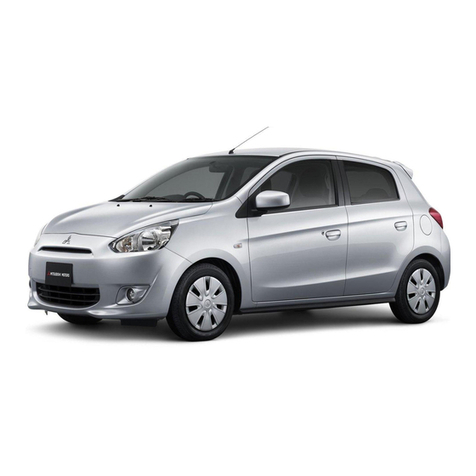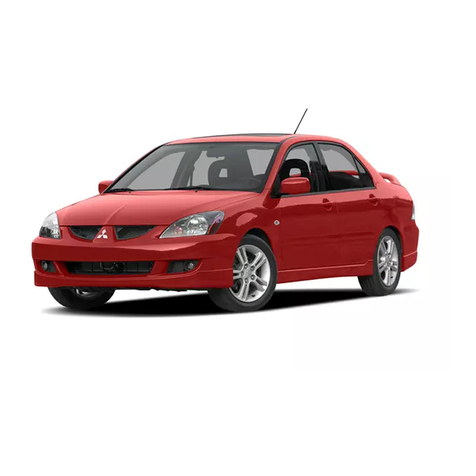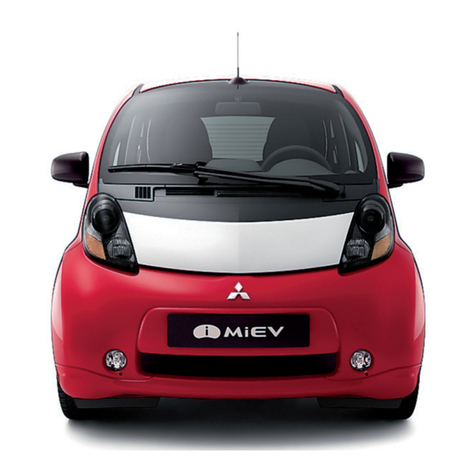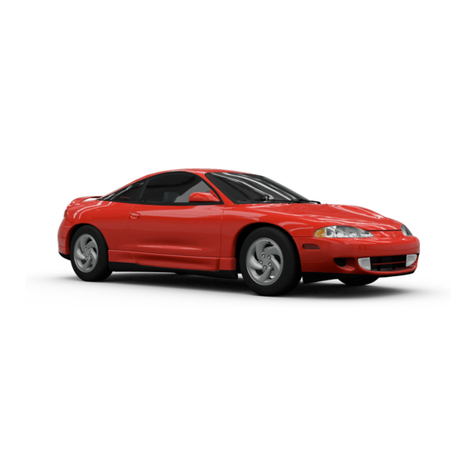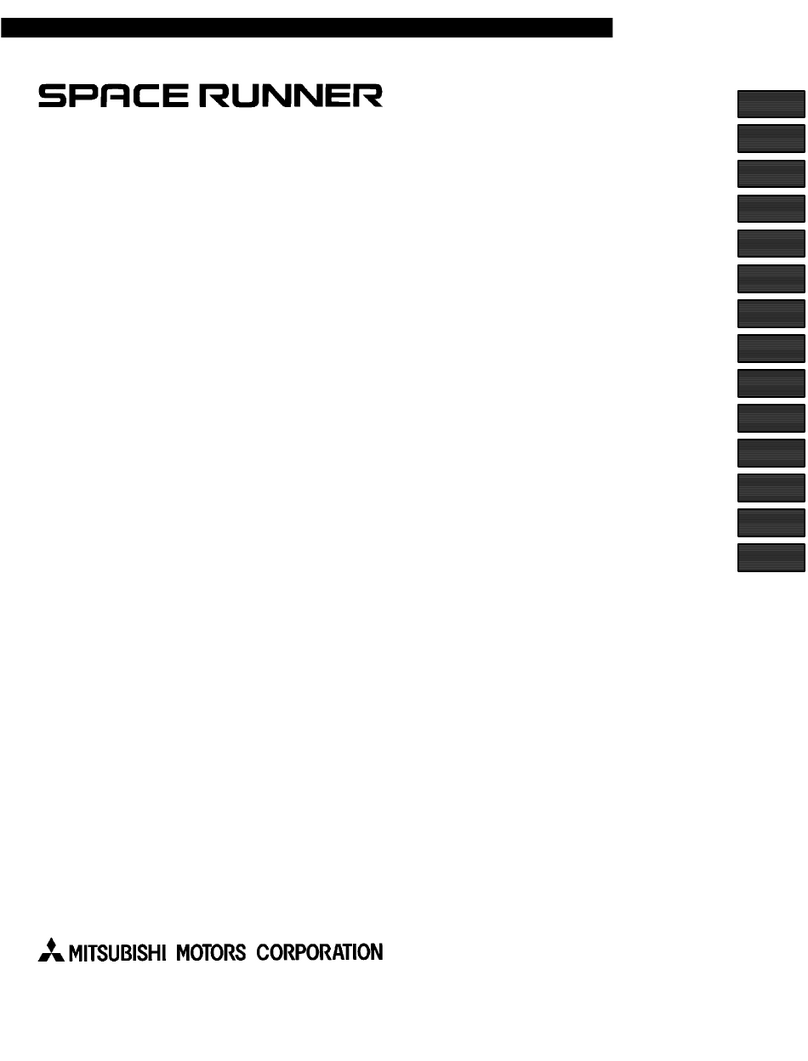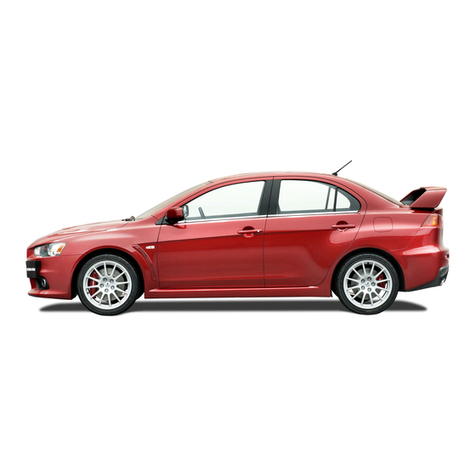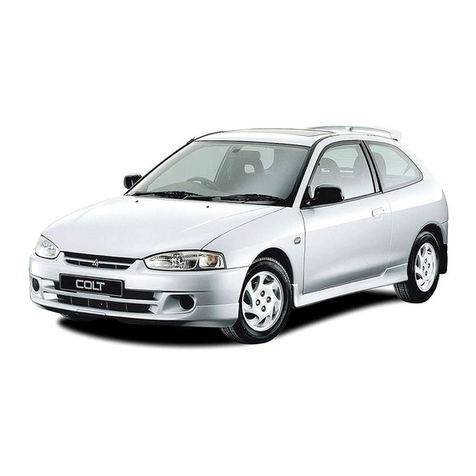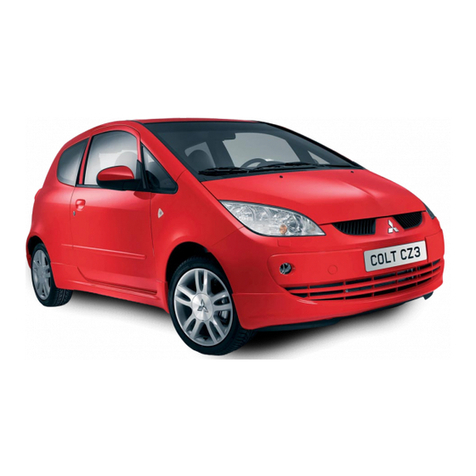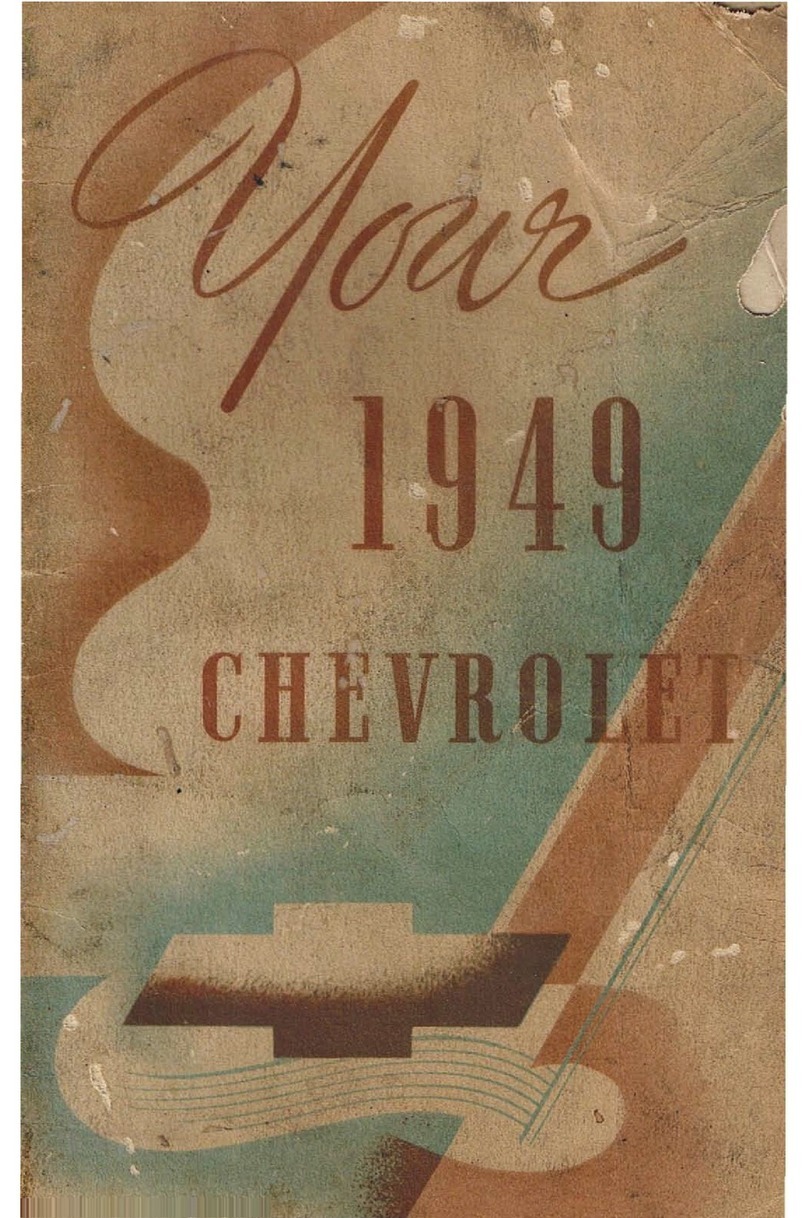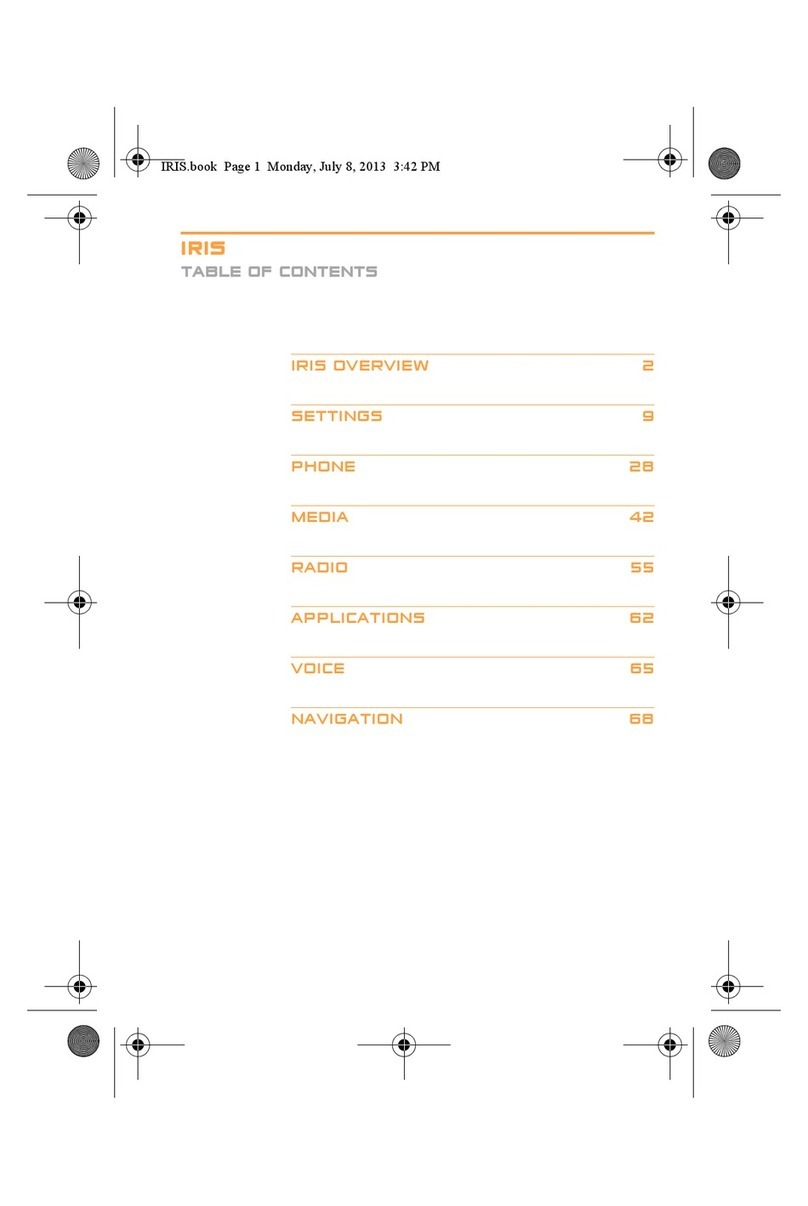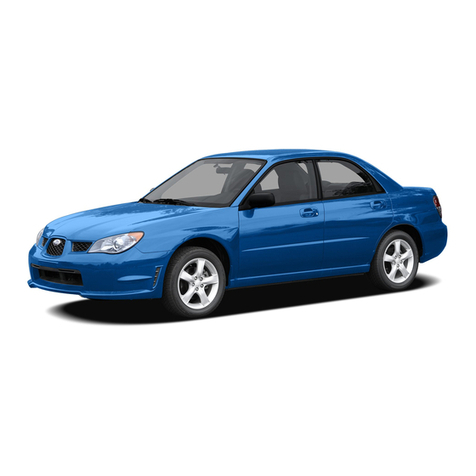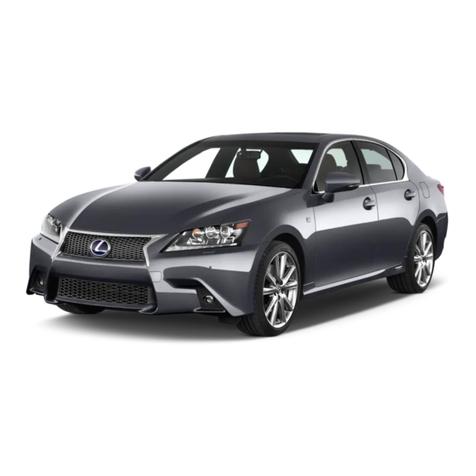
GENERAL INFORMATION
TSB Revision
MULTIPORT FUEL INJECTION (MFI) <3.0L> 13B-3
.
GENERAL INFORMATION
M1131000100325
.
The Multiport Fuel Injection System consists of sen-
sors which detect the engine conditions, the ENGINE
CONTROL MODULE (ECM) <M/T>/POWERTRAIN
CONTROL MODULE (PCM) <A/T> which controls
the system based on signals from these sensors,
and actuators which operate under the control of the
ECM <M/T>/PCM <A/T>. The ECM <M/T>/PCM <A/
T> carries out activities such as fuel injection control,
idle air control, and ignition timing control. In addition,
the ECM <M/T>/PCM <A/T> is equipped with several
diagnostic test modes which simplify troubleshooting
when a problem develops.
.
FUEL INJECTION CONTROL
The injection drive times and injector timing are con-
trolled so that the optimum air/fuel mixture is sup-
plied to the engine to correspond to the continually-
changing engine operation conditions. A single injec-
tor is mounted at the intake port of each cylinder.
Fuel is sent under pressure from the fuel tank to the
fuel injectors by the fuel pump, with the pressure
being regulated by the fuel pressure regulator. The
regulated fuel is distributed to each of the injectors.
Fuel injection is normally carried out once for each
cylinder for every two rotations of the crankshaft. The
firing order is 1-2-3-4-5-6. Each cylinder has a dedi-
cated fuel injector. This is called multiport. The ECM
<M/T>/PCM <A/T> provides a richer air/fuel mixture
by carrying out "open-loop" control when the engine
is cold or operating under high load conditions in
order to maintain engine performance. In addition,
when the engine is under normal operating tempera-
ture after warming-up, the ECM <M/T>/PCM <A/T>
controls the air/fuel mixture by using the heated oxy-
gen sensor signal to carry out "closed-loop" control.
The closed-loop control achieves the theoretical air/
fuel mixture ratio where the catalytic converter can
obtains the maximum cleaning performance.
.
IDLE AIR CONTROL
The idle speed is kept at the optimum speed by con-
trolling the amount of air that bypasses the throttle
valve in accordance with changes in idling conditions
and engine load during idling. The ECM <M/T>/PCM
<A/T> drives the idle air control (IAC) motor to keep
the engine running at the pre-set idle target speed in
accordance with the engine coolant temperature and
A/C and other electrical load. In addition, when the A/
C switch is turned off and on while the engine is
idling, the IAC motor adjusts the throttle valve bypass
air amount according to the engine load conditions to
avoid fluctuations in the engine speed.
.
IGNITION TIMING CONTROL
The ignition power transistor located in the ignition
primary circuit turns ON and OFF to control the pri-
mary current flow to the ignition coil. This controls the
ignition timing to provide the optimum ignition timing
with respect to the engine operating conditions. The
ignition timing is determined by the ECM <M/T>/
PCM <A/T> from engine speed, intake air volume,
engine coolant temperature, and atmospheric pres-
sure.
.
DIAGNOSTIC TEST MODE
•When an abnormality is detected in one of the
sensors or actuators related to emission control,
the SERVICE ENGINE SOON/MALFUNCTION
INDICATOR LAMP illuminates to warn the driver.
•When an abnormality is detected in one of the
sensors or actuators, a diagnostic trouble code
corresponding to the abnormality is stored in the
ECM <M/T>/PCM <A/T>.
•The RAM data inside the ECM <M/T>/PCM <A/
T> that is related to the sensors and actuators
can be read with the scan tool. In addition, the
actuators can be controlled by scan tool MUT-II
(MB991502) under certain circumstances.
.
OTHER CONTROL FUNCTIONS
•Fuel Pump Control
Turns the fuel pump relay ON so that current is
supplied to the fuel pump while the engine is
cranking or running.
•A/C Compressor Clutch Relay Control
Turns the compressor clutch of the A/C ON and
OFF.
•Fan Relay Control
The radiator fan and condenser fan speeds are
controlled in response to the engine coolant tem-
perature and vehicle speed.
•Generator Output Current Control
Prevents generator output current from increas-
ing suddenly and idle speed from dropping at
times such as when the headlights are turned on.
•Variable Induction Control
Turns the solenoid of the variable induction ON
and OFF.
•Evaporative Emission Purge Control
(Refer to GROUP 17, Emission Control System −
Evaporative Emission Control System −General
Information.P.17-97)
•EGR Control
(Refer to GROUP 17, Emission Control System −
Exhaust Gas Recirculation (EGR) System −Gen-
eral Information.P.17-103)






















